The deadline for enforcing Real ID requirements has been proposed to be extended until 2027. This delay provides U.S. travelers with more time to upgrade their identification before it becomes mandatory for domestic flights. This extension aims to smooth the transition and avoid major disruptions in air travel. Travelers flying through major cities such as Boston, Atlanta, Washington, New York, and Los Angeles will need to comply with the new ID requirements once the enforcement begins. Here’s what this means for your travel plans and how you can prepare.
TSA Proposes Delay for Real ID Enforcement
The TSA has suggested extending the Real ID enforcement deadline to May 2027. This gives American travelers, particularly those flying from cities like Boston, Atlanta, Washington, New York, and Los Angeles, additional time to obtain compliant driver’s licenses or identification cards.
Encouraging Upgrades and Raising Awareness
To ease the transition, the TSA will increase public awareness and encourage upgrades to Real ID-compliant IDs. The phased approach will notify individuals with non-compliant IDs and provide ample time for them to meet the new requirements. This strategy aims to prevent potential issues at airports when the mandate is fully enforced.
Majority of Americans Still Lack Real ID
Despite the extension, many Americans still lack a Real ID. As of early 2024, only about 56% of driver’s licenses or ID cards meet Real ID standards. In many states, less than 60% are compliant, which could cause disruptions if the requirements were enforced immediately.
Understanding Real ID Requirements
The Real ID Act, enacted in 2005, aims to enhance national security. Real ID-compliant cards must meet strict standards set by the Department of Homeland Security. Starting May 2027, travelers aged 18 and older will need a Real ID to board domestic flights and access certain federal facilities. A Real ID is easily identifiable by a star marking in the top right corner of the card.
How to Obtain a Real ID
To get a Real ID, travelers must visit their state’s driver’s licensing agency. All U.S. states now issue these compliant cards. Requirements vary by state, so check with your local DMV for specific instructions. Typically, you will need to provide proof of identity, residency, and Social Security number. Applying early is advisable as demand will rise as the deadline approaches. The cost for a Real ID usually matches standard driver’s license fees, though some states charge extra. For example, Virginia charges an additional $10 for a Real ID-compliant driver’s license.
Impact on the Travel Industry
The Real ID requirement will significantly impact the travel industry, especially domestic air travel. Airlines, airports, and travel agencies must ensure passengers are aware of the new ID requirements. This may involve increased communication efforts, including reminders during ticket booking, check-in, and on airline websites.
Preparing for the Real ID Deadline
Though the Real ID requirement applies only to domestic U.S. travelers, it may also affect international travelers with dual citizenship or U.S. residency. Increased demand for Real ID-compliant cards among frequent U.S. domestic travelers is expected. The Real ID Act’s implementation might inspire similar initiatives globally, as governments focus on enhanced security measures.
Travelers should ensure they have a Real ID or alternative compliant identification to avoid disruptions to their travel plans. The travel industry must adapt to these new requirements by providing clear guidance and support to passengers. Remember to check WentWorld.com and follow our social media channels for ultimate travel tips and destination guides.
Related stories:
Catch up on the top stories and travel deals by subscribing to our newsletter!

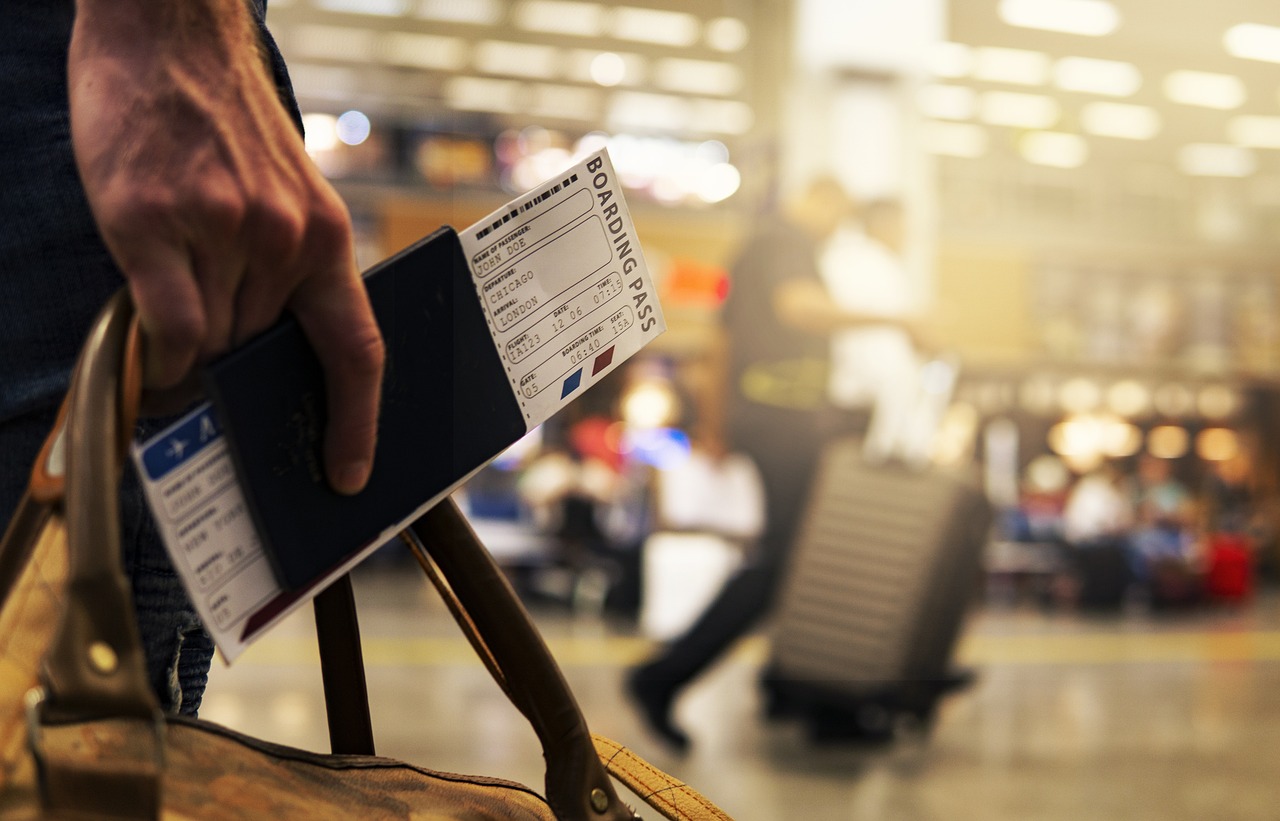


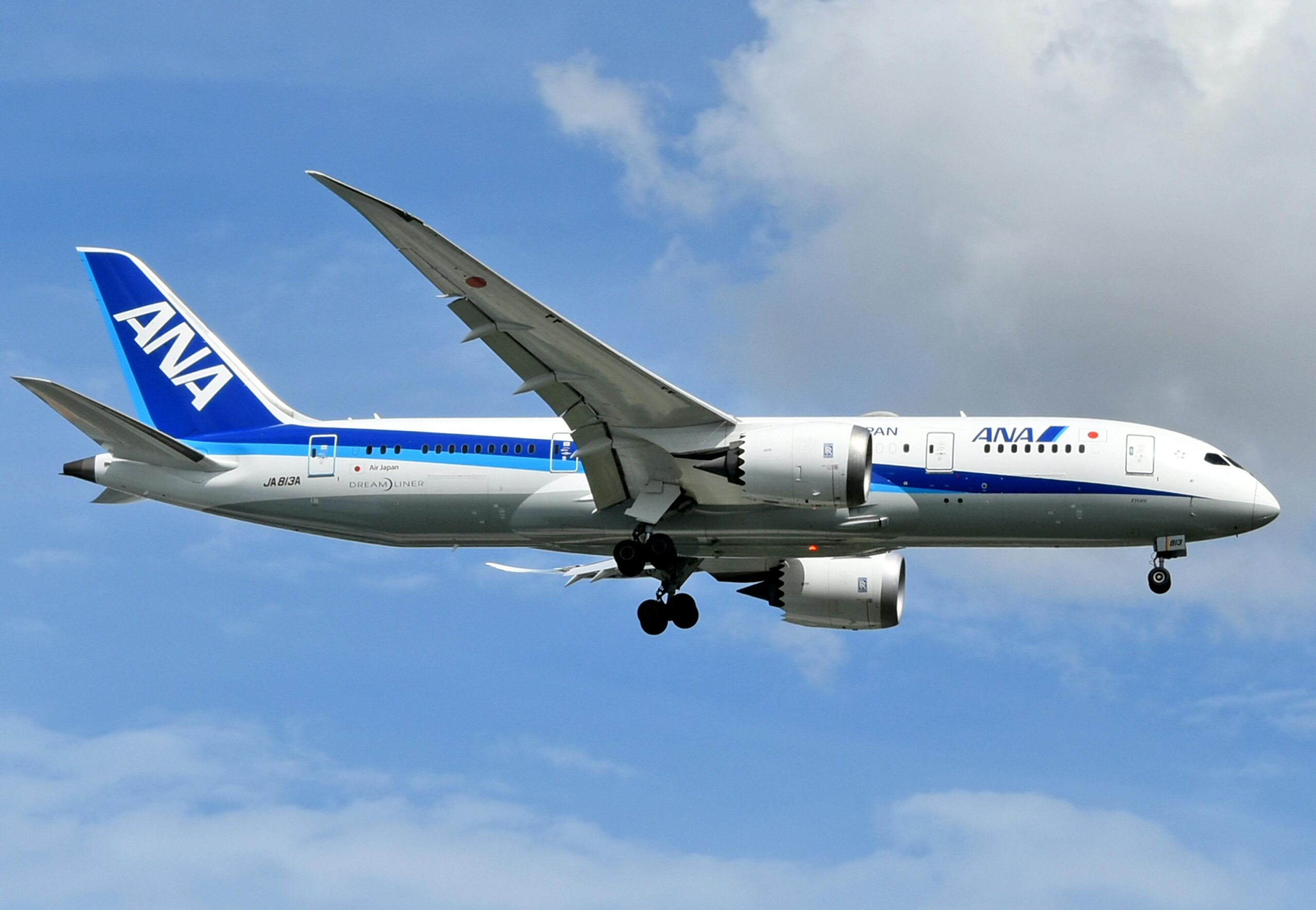
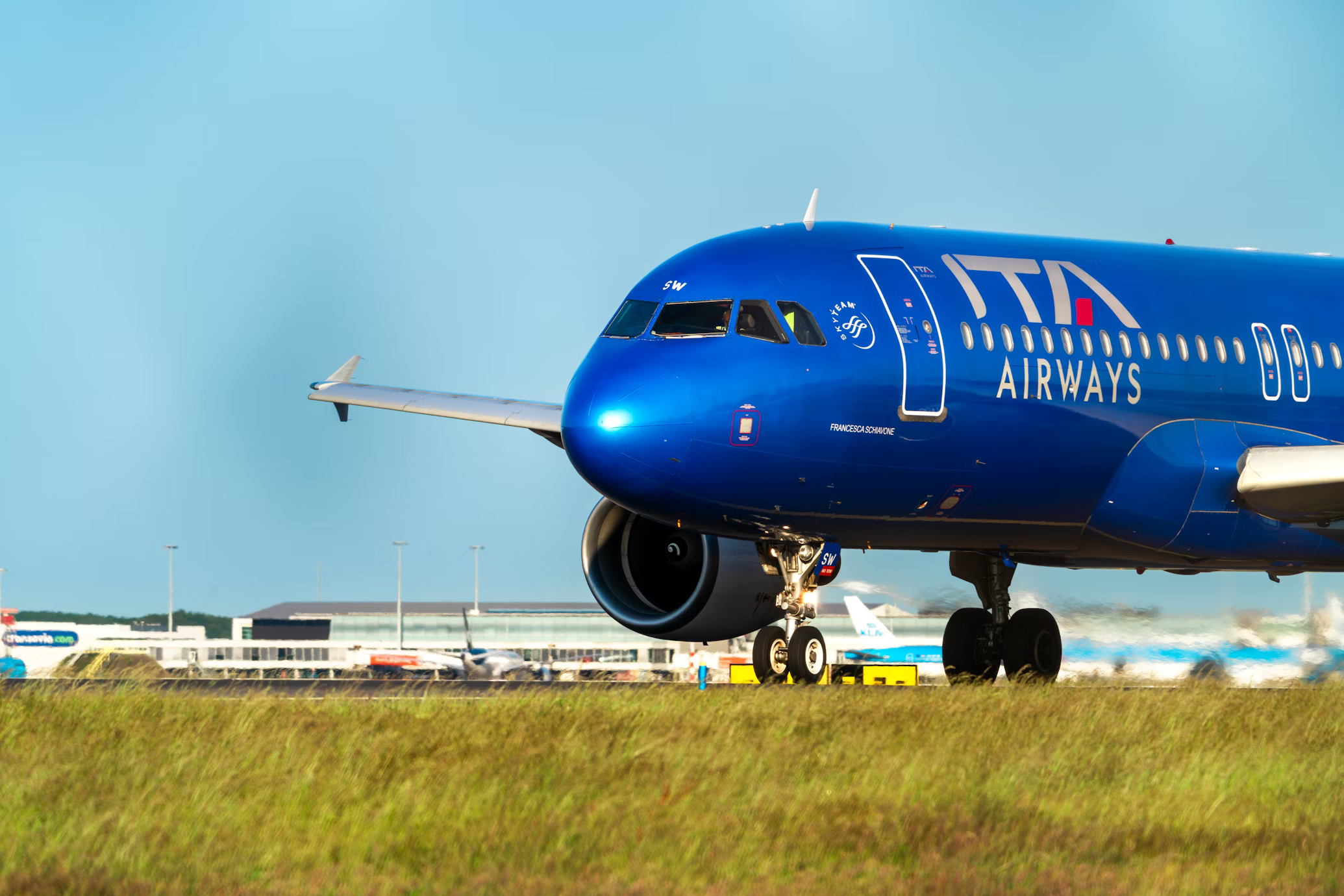
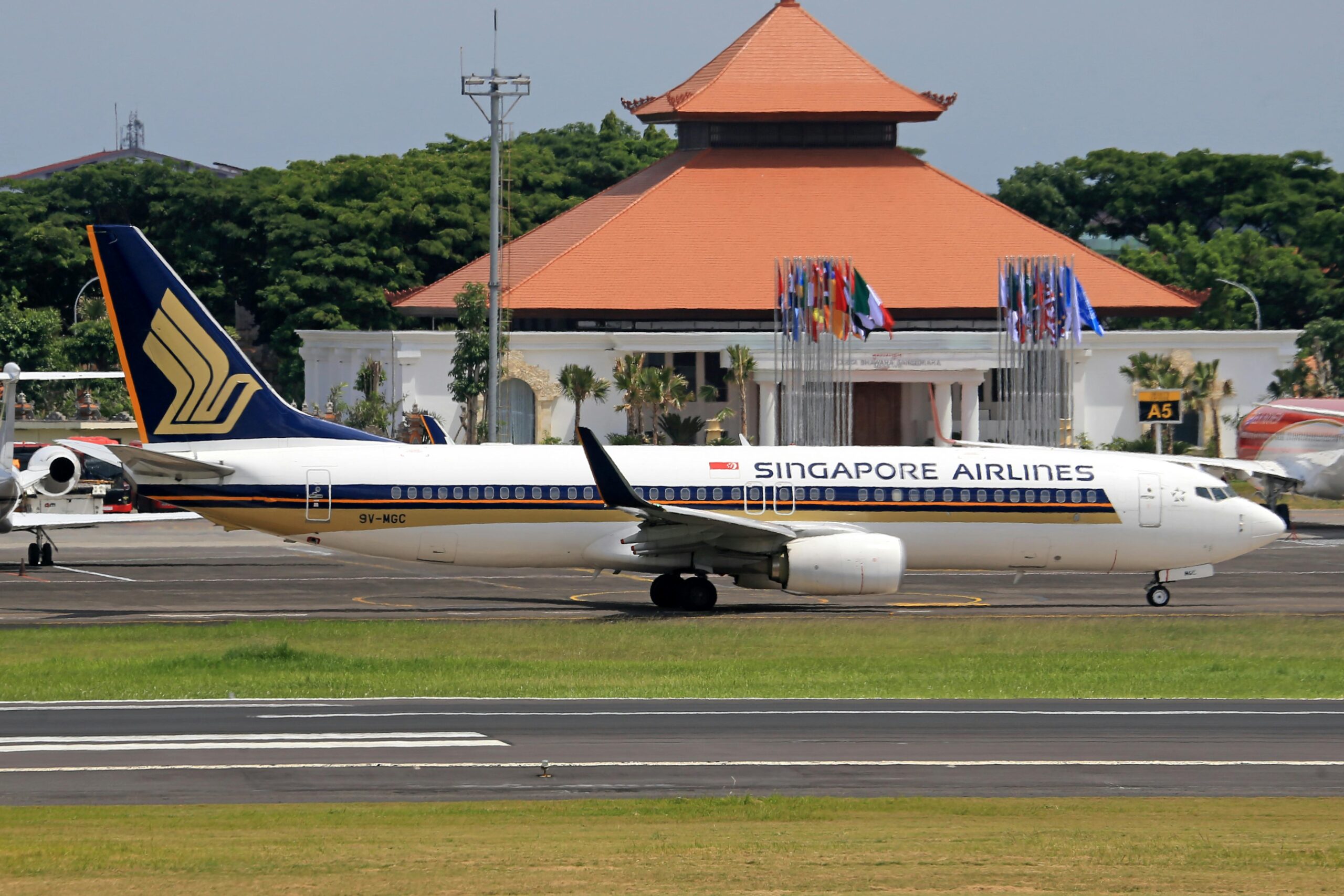
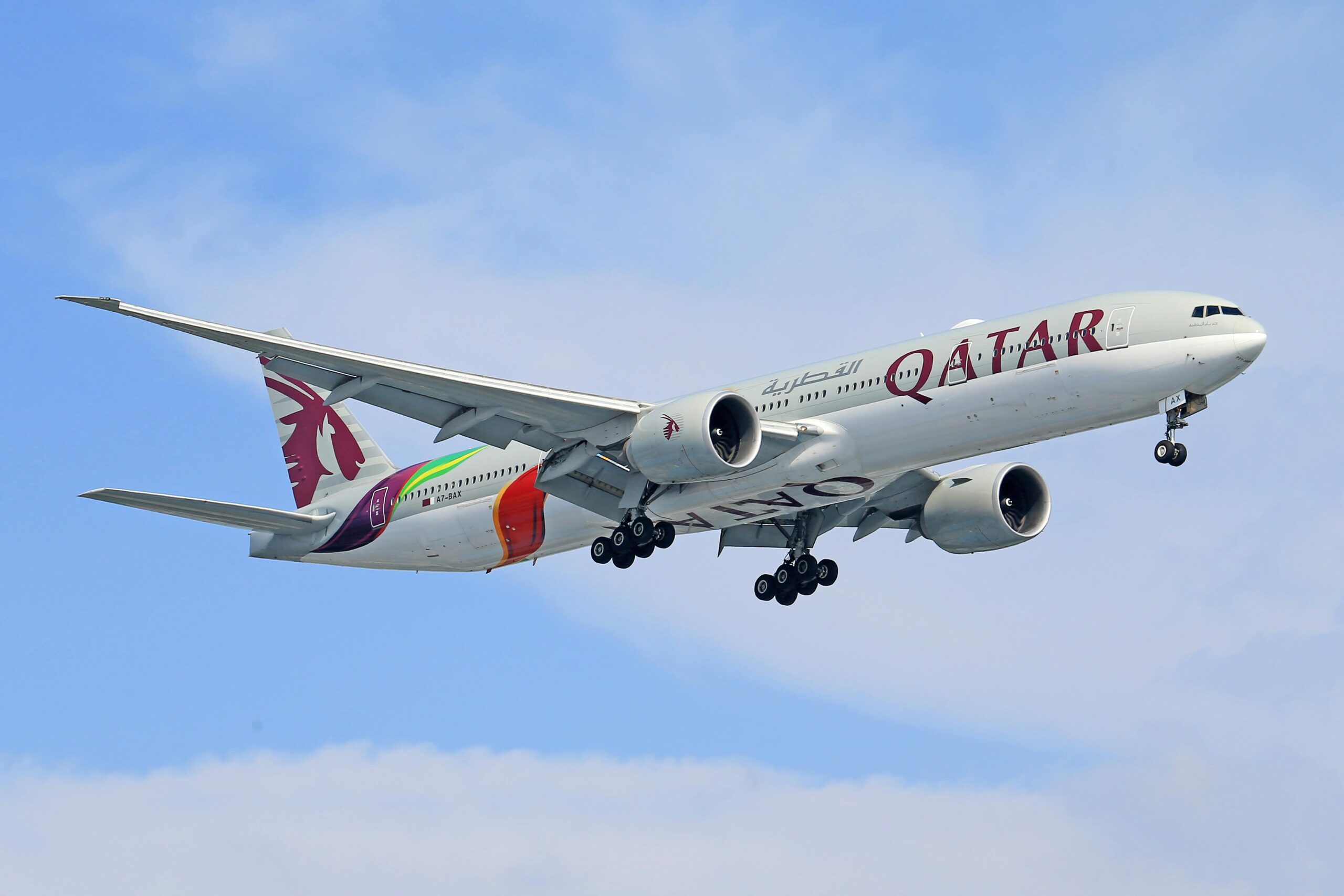




Leave a Reply